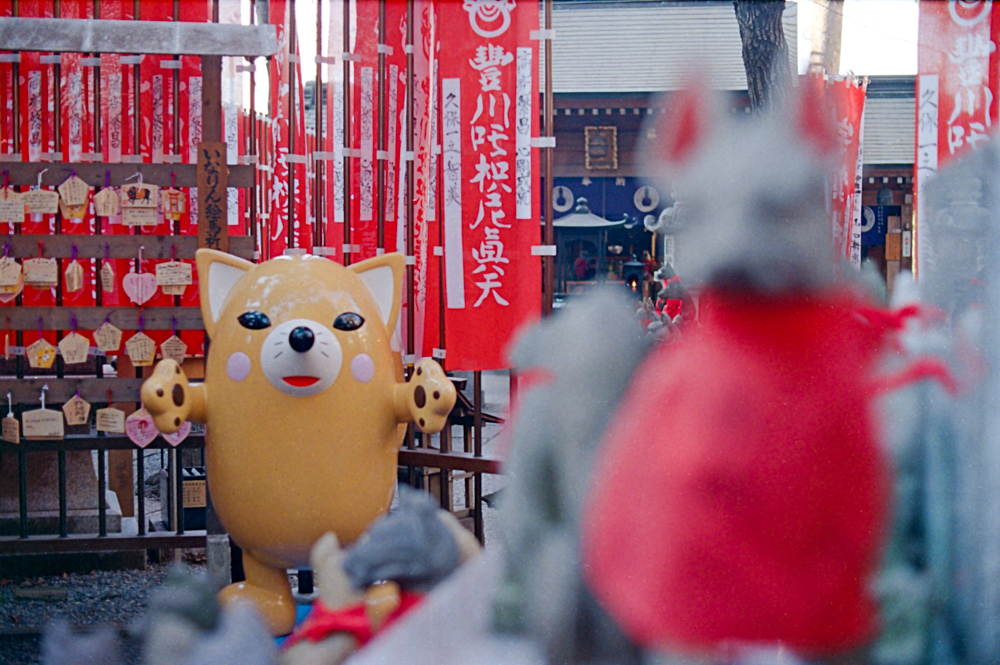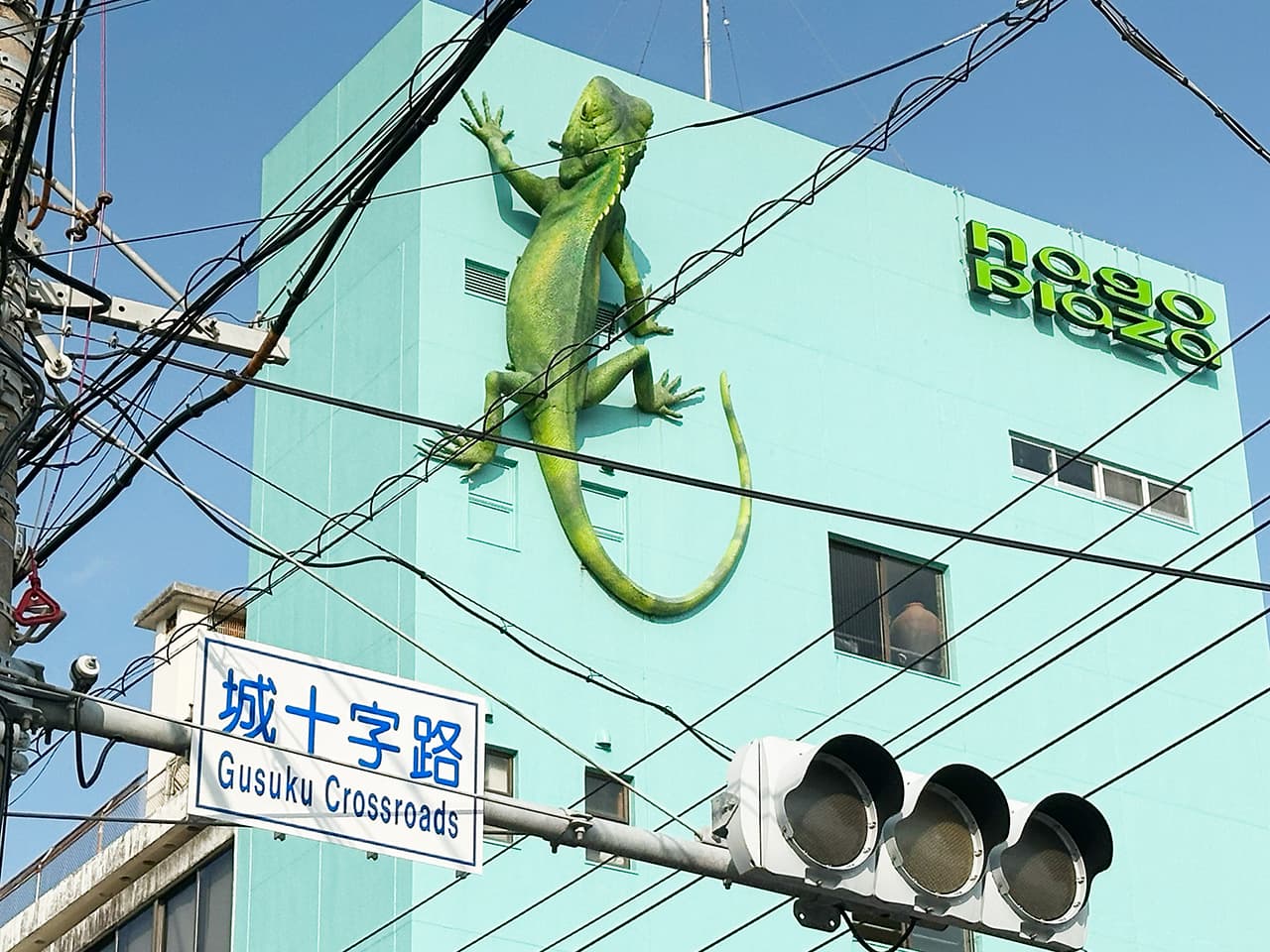Foxes of all shapes and sizes at Toyokawa Inari Betsuin
Foxes and fluttering red banners everywhere you turn! That’s how I would describe my first impression of the Toyokawa Inari Betsuin temple in Tokyo’s Akasaka district. I have visited many temples but this one really left a strong impact on me. The complex itself is not too big, but with all its shrines and statues […]
Foxes and fluttering red banners everywhere you turn! That’s how I would describe my first impression of the Toyokawa Inari Betsuin temple in Tokyo’s Akasaka district.
I have visited many temples but this one really left a strong impact on me. The complex itself is not too big, but with all its shrines and statues located here it kind of made me feel like I have entered a small maze. What’s characteristic about this temple (built in the 19th century) are the many stone fox statues located on the grounds, each one decorated with a red bib around its neck.
What’s the meaning of these statues? Foxes (or kitsune) are usually associated with Shinto shrines, but Toyokawa Inari is a Buddhist temple. The guardian deity that’s enshrined here is Toyokawa Dakini-shinten which is the Buddhist manifestation of the Shinto deity Inari — the god of rice and the bringer of prosperity and success — who is believed to have ridden on a white fox. The kitsune are often mistaken as the deity itself but this is incorrect. They are closely linked to Inari, acting as their messengers and servants, thus resulting in many fox statues on the temple grounds.
As I was taking these shots, I found a friendly guy who seemed to be welcoming me to his sacred world of foxes.

In Japan, as you might know, nearly everything has its own mascot. This cute one here is apparently called Inarin and represents a fox combined with inarizushi, a Japanese snack that’s made with fried tofu skin stuffed with sushi rice. He has his own website and even a YouTube channel.
Toyokawa Inari Betsuin is a branch of the head temple Toyokawa Inari in Aichi Prefecture which is considered one of the “big three” Inari temples, the other two being in Kyoto (Fushimi Inari) and Saga Prefecture (Yutoku Inari).


